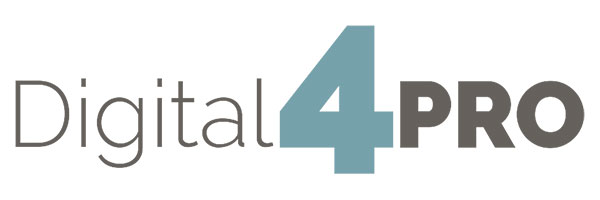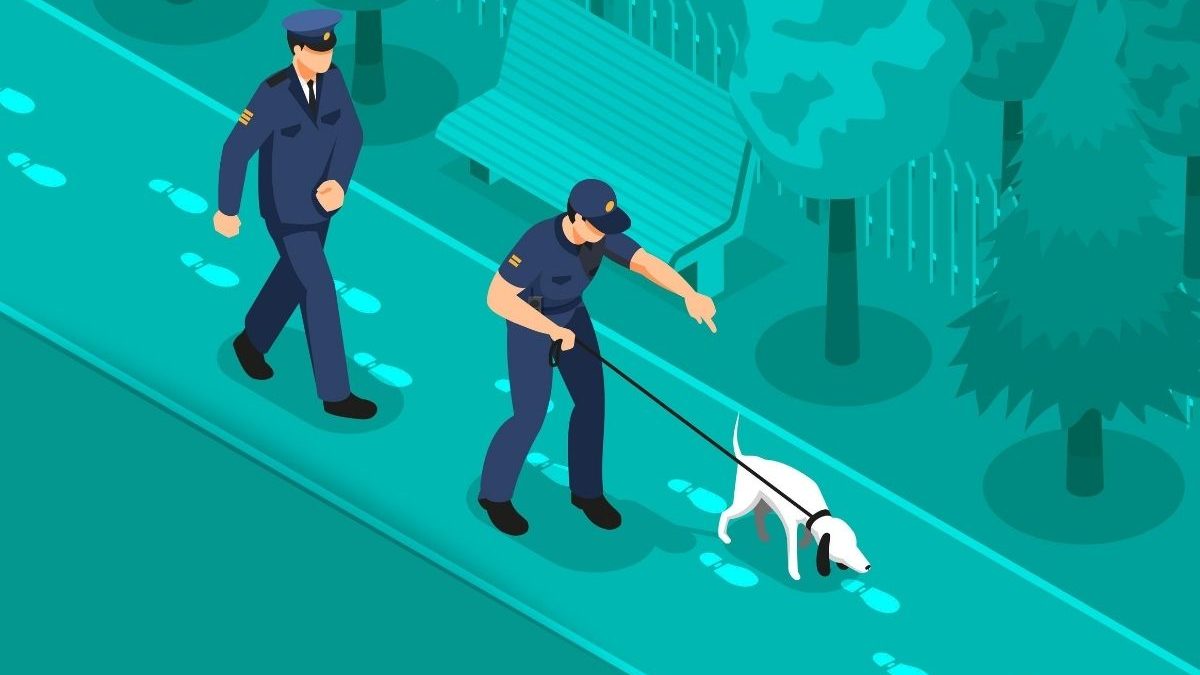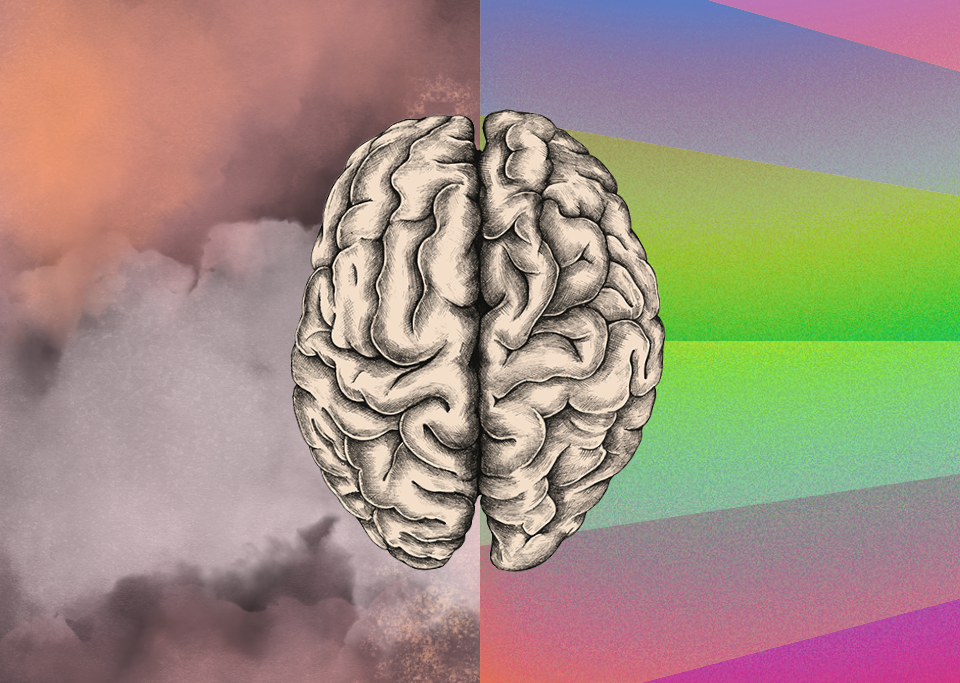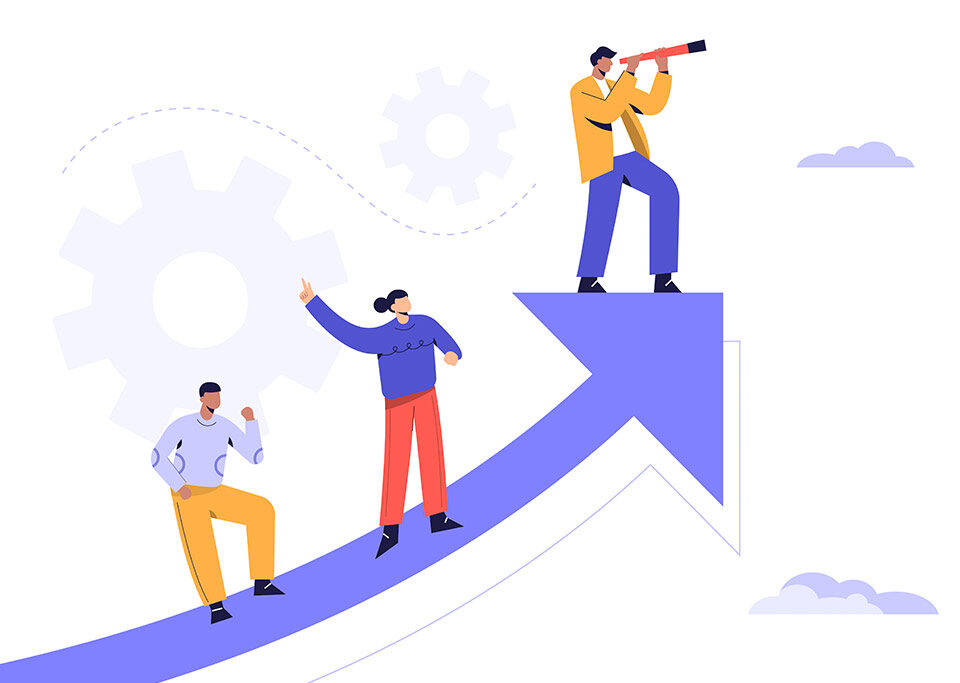- Mail:
- info@digital4pro.com
A test for the post-digital

L’importanza della semplicità nel design applicativo
15 Settembre 2020
Un test per il post-digitale
16 Settembre 2020Dear readers, welcome back.
Last May we set out on the path of the discovery of post-digital work: does it exist or is it a mirage caused by the prolonged use of the protective mask from covid-19¹?
We said to ourselves that post-digital work is the working condition in which digital technology is integrated into human activity (rather than being distinct from it in digital); more precisely, it is an effect of the speed of transformation of people’s interaction with digital technology. We have drawn our attention to the fact that in this phase of transition to post-digital work the contrasts between material and work immaterial and digital native vs. digital migrant become irrelevant and leave room for the individual and his ability to be part of a professional community.
We have confirmed that working flexibly is now a global super trend based on the awareness that making the way of working customizable enables people to be more productive by giving organizations a way to be more resilient. We have seen that digital technology helps this trend; but the two more than interdependent phenomena are concomitant.
Faced with the numerous connections between artificial intelligence and the future of work, we wondered in particular about the personal abilities of body-instrument integration and of establishing links with other human beings.
In short, we have indicated that even in the post-digital horizon, “work is just another name for a human activity that accompanies life itself, which in turn is not produced to be sold” (Karl Polanyi, La great transformation).
Today, I propose a simple test to see if in the specific organizational reality of your interest there are the conditions for the transition to post-digital work to take place and in a balanced way with respect to the expectations you may have.
Let’s start with a fact: if we work it is because our work, our contribution are functional to the result of others, often of an organization, that is, of an abstract entity.
However, what may be less evident, and which can also have a lot of weight in the transition to digital, is the fact that over time each organization gives itself a shape to realize its “purpose, vision & strategy” ² and that this work of structuring determines its footprint, in short, a real mark.
Similarly to the ecological footprint ³, the organizational footprint shows us the lasting impact of the configuration chosen to implement the strategies adopted on the host ecosystem, on which the organization depends for its very existence and of which you are a constituent element. necessary for a balanced and fruitful relationship.
The footprint of an organization therefore tells us the “environmental” consequences of its production processes, the life cycle of its products or services, the customer experience it generates, the employee value proposition it offers and, like any other another imprint, this too has basically permanent and interconnected effects, which make it possible to predict the inertial trajectory of the organization in the absence of a specific strategy of change.
Therefore, if you want to know if this is how the transition to post-digital will take place in an organization, look at its footprint, because it is not accidental or ephemeral and not even independent of the corporate strategy, but is precisely the result of the evaluation made by the management team. optimal trade-offs, starting from its understanding of reality, between different drivers (for example, productivity vs. operating costs or conservation of the business model vs. its transformation / regeneration).
For the purposes of our test, therefore, let’s check what we find in the organization’s footprint for the person and, above all, what care of his abilities is ensured according to the capability approach perspective⁴. Let’s ask ourselves this question: is there a system that gives the individual the opportunity to develop their skills towards new skills by giving them access to material and immaterial resources dedicated to this?
We take into account that the more limited the access to resources that favor personal development will be, the greater the professional vulnerability perceived by the person and consequently the greater their resistance to adopting new ways of working.
Therefore, with the answer to the question we can establish whether or not the organization is moving towards a post-digital model and identify the conditions that favor or limit the access of its staff to the resources that allow the development of the skills that will make them grasp. the opportunities of the transition to post-digital.
This same test can also help us understand the discomfort of some in the face of the explosion of home working from covid-19. In fact, I believe everyone has felt the responsibility for the required result to be added to the need to operate production processes designed for coexistence in offices and factories. Symmetrically, has the organization opened its processes to the adaptive contributions of individuals? Has it facilitated as much as possible solutions that support the development of role skills and also those of team working and collaboration of the person? Has it possibly corrected its footprint to ensure the necessary consistency with the role played by the individual and give him the indispensable access to his professional community?
In the transition to post-digital, understanding that discomfort can be a guide; because no remote collaboration technology available today can in itself replace integration into a system. However, a system that is not already oriented towards adopting digital technologies in a capability approach perspective will insist on the acceptance of closed processes (in the illusion that they guarantee the desired result) rather than ensuring the conditions of access to the resources that enable the individual to contribute to the success of the group, with the paradoxical effect of generating incompetence in their own people.
Dear readers, how did your test go?
Before giving us an appointment at the next post I would like to ask you one more question.
Can we hypothesize that the technologies that enable the digitalisation of work management are effective if and only if they are consistent with the organizational model and the processes they support and if these take into account the need to update people’s skills?
¹ I recommend: let’s wear it!
² V. https://www.efqm.org/index.php/efqm-model/
³ V. M. Wackernagel e W. Rees in Our Ecological Footprint: Reducing Human Impact on the Earth, 1996
⁴ v. p.e. A. Sen, Development as Freedom.




